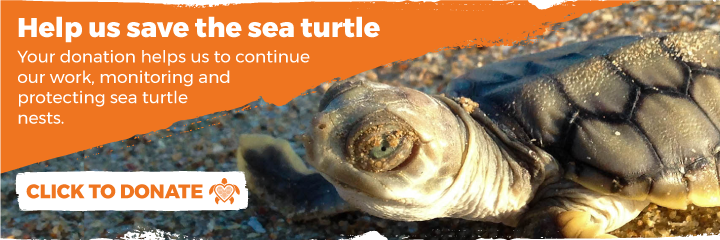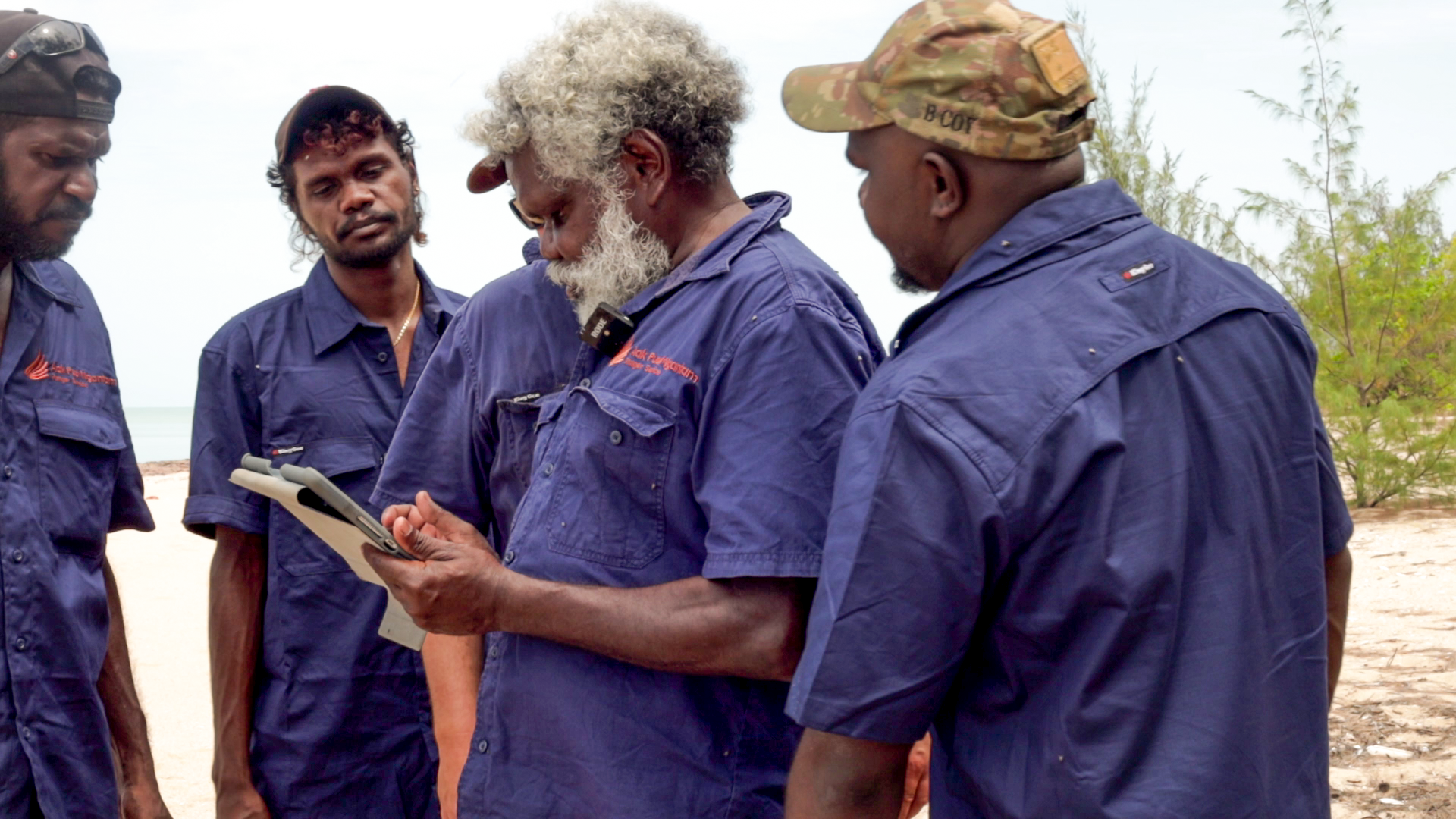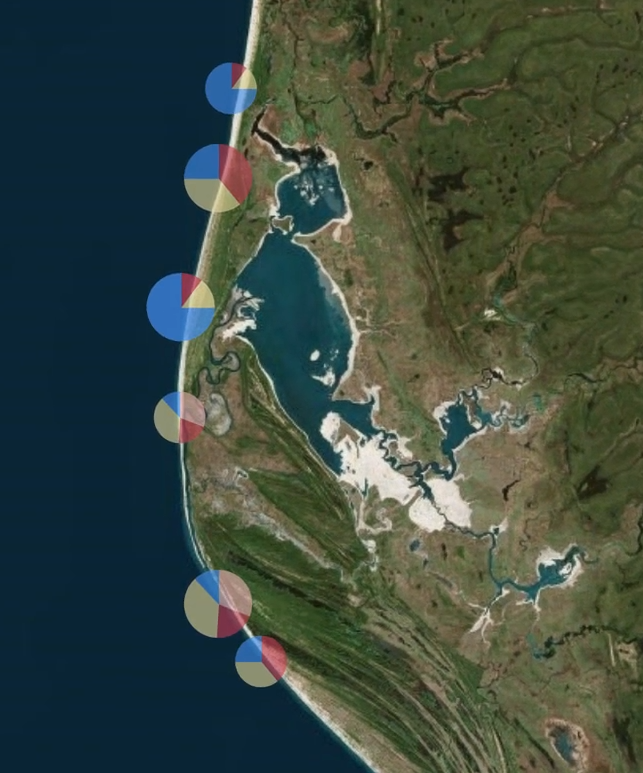
Turtle Monitoring
For thousands of years before settlers arrived in Australia these turtles nested and hatched successfully, with only minimal predation from dingoes and goannas during the egg incubation phase. Following the introduction of pigs in the 1800s, turtle rookeries began to witness a new pressure: nest predation caused by pigs.
APN Wik and Kugu Rangers, by partnering with CSIRO and Microsoft, are now using Artificial Intelligence to support turtle conservation on the extensive coastline of their remote traditional homelands. The rangers are using drones fitted with super high-resolution cameras capturing thousands of images of beaches that the AI will analyse to identify and locate turtle nests and predator tracks.
The nesting sites of Olive Ridley and Flatback Turtles in Western Cape York have been under pressure from feral pigs that dig up the turtle nests and eat the eggs. Without conservation efforts, pigs are capable of destroying every turtle egg and nest on these remote beaches year after year.
Since 2008, APN Ranger conservation actions have focused on stopping predation of turtle nests on these beaches by managing the feral pigs through aerial shooting, fencing and poisoning, supported by hundreds of ranger hours patrolling beaches to identify nests and monitor predation levels. Now, with the use of this new technology, APN Rangers will be able to see detailed breakdowns of these remote beaches and the areas hit hardest by predators. This technology enabled rapid monitoring and analysis allows the rangers to focus their efforts on conservation interventions that are aimed at specific areas informed by real-time information.
“Most of the pigs are destroying our beaches and digging up our turtle nests. It's important for us to control the pigs so our turtles can increase in hatching and nest numbers. With the use of science, we can protect our turtles so that the next generation experiences a thriving turtle population." Dion Koomeeta
Through the use of this new technology, APN Rangers, CSIRO and Microsoft aim to further reduce turtle nest predation and expand the area of coastline actively managed as ranger hours are freed up from heavy time burden of monitoring.
This new technology developed in partnership with CSIRO and Microsoft has the potential to be applied to turtle nesting sites worldwide.
Images: © Microsoft Corporation / Earthstar Geographics SIO / © Maptiler / © Openstreetmap Contributors
KEEP UP TO DATE:
Subscribe to APN Cape York mailing list and be the first one to know about new projects and see the immediate impact.





